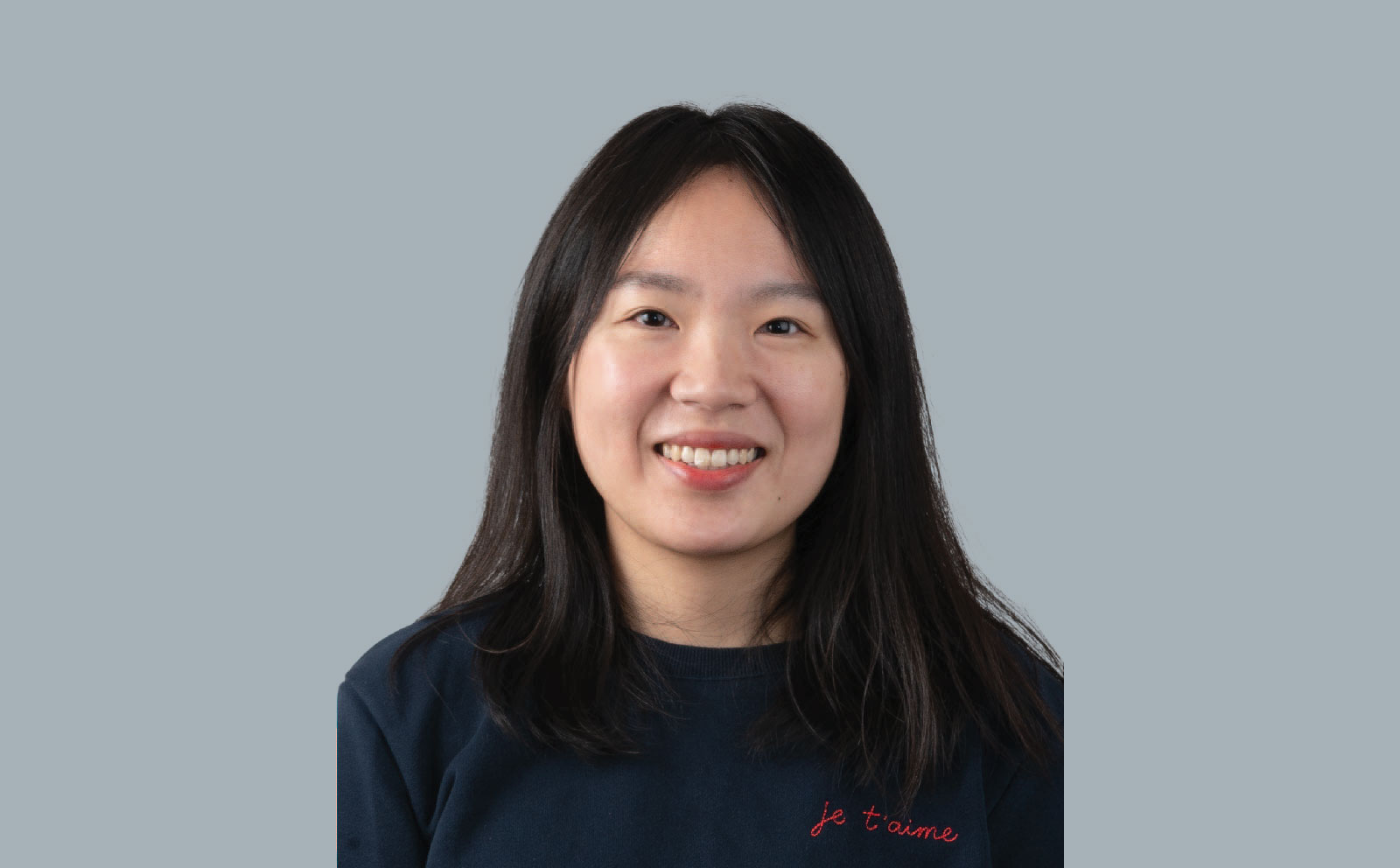Dr. Eugene Kim - Heinz Maier-Leibnitz Prizewinner 2024
Functional Genome Research, Max Planck Institute of Biophysics, Frankfurt am Main
Cells are masters at cramming information into the smallest of spaces: as carriers of genetic information, chromosomes are compressed by almost three orders of magnitude so that they fit into the cells. But how do chromosomes manage to adopt their three-dimensional structure in the cell nucleus? This is the subject of biophysicist Eugene Kim’s investigations. In order to reveal the molecular processes behind the packing process, she uses and develops imaging techniques drawn from single-molecule biophysics.
She has already made a significant contribution to understanding how chromosomes are organised and compacted with the help of the protein complex condensin. Among other things, she discovered how several such condensins work together to form the structure of chromosomes without colliding and interfering with each other. Incorporating her methodological developments and discoveries, Kim has established her own research programme on the 3D organisation of the genome.
